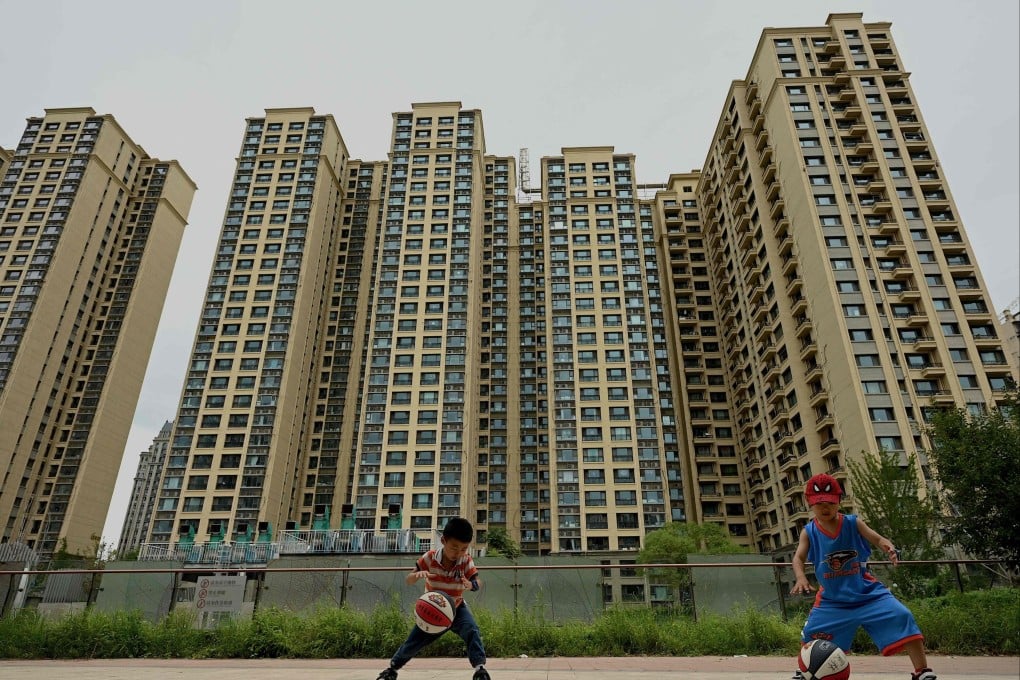Advertisement
The View | The solution to China’s property crisis: nationalise indebted developers and bring back social housing
- Beijing plans to bail out the country’s beleaguered developers and ensure unfinished homes are completed, but this won’t solve the crux of the problem
- In the long term, a Singapore-style social housing model could address the dearth of affordable homes in major cities and reform a sector driven for too long by profit
Reading Time:3 minutes
Why you can trust SCMP
6

Chinese homebuyers are squeezed between delayed completion of their homes and continued mortgage payments. In protest, some have coordinated to stop mortgage payments, affecting 325 half-finished projects in about 100 cities, according to WeNeedHome, a crowdsourced repository on GitHub. Such desperation belies deep-rooted problems in China’s housing sector.
A growing contagion of China’s real estate developers face liquidity crunches. More than half of listed developers reported losses in the first half of this year. And Evergrande failed to come up with a preliminary restructuring plan by the end of last month.
On paper, there is enough housing space for everyone in China. But flats have been built in the wrong places. There are ghost cities with few residents while dire housing shortages persist in major cities.
At the root of such failures is an over-reliance on the market to provide housing. Before economic reforms, most people lived in housing provided by their danwei (work unit).
After policy changes in 1998, danwei housing was phased out. The new housing policy was initially anchored in social housing, but over time, private housing came to dominate the market.
To help solve the debt crisis among property developers, Beijing will set up a rescue fund of up to 300 billion yuan (US$44.3 billion), starting with 80 billion yuan. The money may be used to help developers complete unfinished projects, and purchase units which can be let out as rental housing.
Advertisement
Select Voice
Choose your listening speed
Get through articles 2x faster
1.25x
250 WPM
Slow
Average
Fast
1.25x
